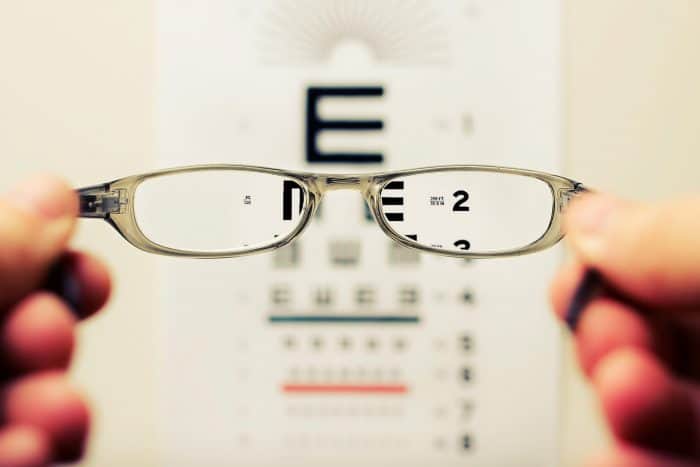Although it’s known as a common primary disorder of neuromuscular transmission, Myasthenia Gravis only affects between 14 and 20 people out of every 100,000 in the US.
What exactly is it? Myasthenia Gravis causes weakness in your voluntary muscles, the muscles your body uses for movement. In basic terms, it occurs when communication between nerve cells and muscles become impaired because they can’t respond to nerve impulses. As a result, this impairment prevents crucial muscle contractions from occurring causing muscle weakness.For example, people suffering from Myasthenia Gravis suffer from weakness in the eye muscles, facial expressions and other muscles.
Some symptom of MG can include trouble walking, getting double vision, and frequent drooping of eyelids. It can even include difficulties in breathing, swallowing and even chewing. However, It’s important to note that not everyone will have the same symptoms and they can increase over time if it continues untreated.
So how can you treat it? Although there is no cure for MG, the ultimate goal for treatments is to control the activity of your immune system which often allows it to get much better. Tests used to make a diagnosis of MG include blood, nerve, muscle and imaging tests, where doctors look inside your body for key indicators.
Medications such as immunosuppressants can be used to suppress the immune system and minimize the abnormal responses that occurs in MG.These medicines may have major side effects, so they should be taken cautiously. There are also ways to help alleviate symptoms of MG in your everyday life. This includes getting plenty of rest to help lower muscle weakness, considering eye patches if you are bothered by double vision, even avoid stress and heat exposure can make a huge difference.
Talk to your doctor today about what you can do to minimize the severity of your MG.




